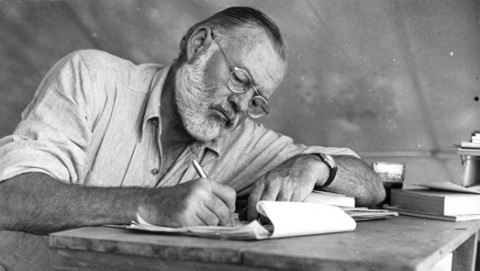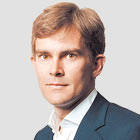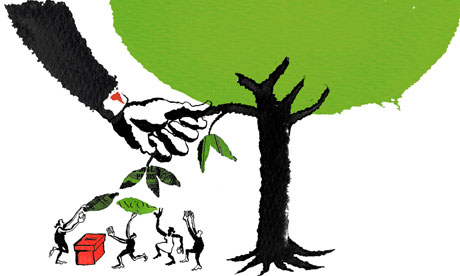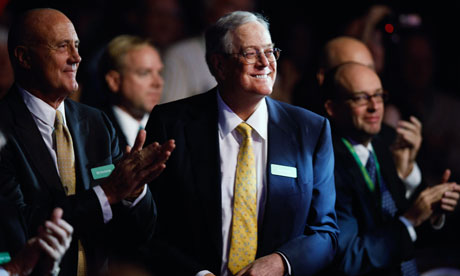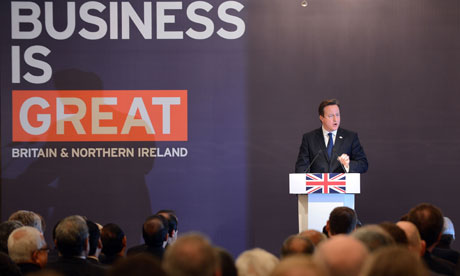A 12th century clairvoyant has foretold the end of papacy!
Pope
Benedict’s sudden resignation has stunned the world, and pundits are
searching for motivations beyond his plea of old age. To complicate
matters, there’s also a strange 900-year-old prophecy involved.
According to a famous prophecy made by St Malachy in the 12th century, there would be 112 more popes. Pope Benedict, who resigned, was the 111th. And whoever is elected Pope in the next few days will be the 112th. During the papacy of this final pope, says the prophecy, Rome—and the Church—will be wiped out! To quote its ominous words: “The City of Seven Hills shall be destroyed, and the dreadful Judge shall judge the people.”
Rubbish, one might say. We’ve heard a lot of lunatic Doomsday predictions, and the Mayan prophecy is still fresh in our minds. But this time there’s one small difference: St Malachy actually described each of the 111 popes till date with eerie accuracy, summing up each one with a vivid Latin phrase. And so far he’s never been wrong.
For example, he described Pope Paul VI (1963-78) as ‘Flos Florum’, meaning ‘Flower of Flowers’. Paul VI’s coat of arms, as it happened, featured three iris blossoms. His successor, Pope John Paul I, was described as ‘De Medietate Lunae’, or ‘Of the half moon’. This was puzzling, because the description just didn’t seem to fit. But one month later, when John Paul I suddenly died, one realised that he’d become pope at the time of the half moon and died by the next half moon. His successor, Pope John Paul II, was described as ‘De Labore Solis’, or ‘Of the eclipse of the sun’: it turned out he was born during a solar eclipse!
People have been talking about the prophecy of the popes with increasing frequency since the 1970s, as the end of the line drew closer. In 2005, when John Paul II, the 110th pope, died, people looked at the prophecy again, in anticipation, and found the next pope described as ‘Gloria Olivae’, or ‘The Glory of the Olive’.(Editor's Comments - the relation to Ratzinger is unexplained though!) But what did this mean? Some people thought it somehow signified Israel; others said it meant the new pope would be a Benedictine, an order symbolised by the olive. Sure enough, the conclave ultimately elected Cardinal Joseph Ratzinger, a Benedictine priest from Germany, who—to seemingly reinforce the prophecy—took the name Pope Benedict xvi, after the founder of the order.
St Malachy, a clairvoyant bishop, while on a visit to Rome in 1139 CE, is said to have fallen into a trance and seen a vision of all the popes till the end of time. When his prophecies were published, the Vatican tried—for obvious reasons—to suppress them, but failed. In his final prophecy, St Malachy refers to a pope he calls ‘Petrus Romanus’, or ‘Peter the Roman’, adding darkly, “In extreme persecution, the seat of the Holy Roman Church will be occupied by Peter the Roman, who will lead his sheep through many tribulations, at the end of which the City of Seven Hills shall be destroyed, and the dreadful Judge shall judge the people.”
So which one of the current papal candidates is ‘Peter the Roman’? Sure enough, one of the front-runners is named Cardinal Peter Turkson, so it could very possibly be him! But, more importantly, what will be the ominous “many tribulations” that the people will be led through? What will be the events leading up to that ultimate “destruction”? And who is the “dreadful Judge” who will appear in judgement? Cardinal Turkson is now aged 65, so we can presumably expect the scenario to be played out anytime within the next twenty years—before, say, 2033.
Cardinal Turkson may not necessarily be the one, though, for Peter means ‘the rock’, and that could be a metaphor, not simply a name. As in the case of Nostradamus, St Malachy’s clues are sometimes cryptic, and become clear only after the fact. Pope Benedict XV, for example, was referred to as ‘Religio Depopulata’, or ‘Religion laid waste’, and when he became pope in 1914, nobody could understand the relevance of this. However, as his papacy unfolded, World War I and the Russian revolution made the meaning of the phrase terribly clear. But regardless of who the next pope will be, one thing is evident: the prophecy mentions only 112 more popes. There is no 113th.
(The writer is an advertising professional.)
According to a famous prophecy made by St Malachy in the 12th century, there would be 112 more popes. Pope Benedict, who resigned, was the 111th. And whoever is elected Pope in the next few days will be the 112th. During the papacy of this final pope, says the prophecy, Rome—and the Church—will be wiped out! To quote its ominous words: “The City of Seven Hills shall be destroyed, and the dreadful Judge shall judge the people.”
Rubbish, one might say. We’ve heard a lot of lunatic Doomsday predictions, and the Mayan prophecy is still fresh in our minds. But this time there’s one small difference: St Malachy actually described each of the 111 popes till date with eerie accuracy, summing up each one with a vivid Latin phrase. And so far he’s never been wrong.
For example, he described Pope Paul VI (1963-78) as ‘Flos Florum’, meaning ‘Flower of Flowers’. Paul VI’s coat of arms, as it happened, featured three iris blossoms. His successor, Pope John Paul I, was described as ‘De Medietate Lunae’, or ‘Of the half moon’. This was puzzling, because the description just didn’t seem to fit. But one month later, when John Paul I suddenly died, one realised that he’d become pope at the time of the half moon and died by the next half moon. His successor, Pope John Paul II, was described as ‘De Labore Solis’, or ‘Of the eclipse of the sun’: it turned out he was born during a solar eclipse!
People have been talking about the prophecy of the popes with increasing frequency since the 1970s, as the end of the line drew closer. In 2005, when John Paul II, the 110th pope, died, people looked at the prophecy again, in anticipation, and found the next pope described as ‘Gloria Olivae’, or ‘The Glory of the Olive’.(Editor's Comments - the relation to Ratzinger is unexplained though!) But what did this mean? Some people thought it somehow signified Israel; others said it meant the new pope would be a Benedictine, an order symbolised by the olive. Sure enough, the conclave ultimately elected Cardinal Joseph Ratzinger, a Benedictine priest from Germany, who—to seemingly reinforce the prophecy—took the name Pope Benedict xvi, after the founder of the order.
St Malachy, a clairvoyant bishop, while on a visit to Rome in 1139 CE, is said to have fallen into a trance and seen a vision of all the popes till the end of time. When his prophecies were published, the Vatican tried—for obvious reasons—to suppress them, but failed. In his final prophecy, St Malachy refers to a pope he calls ‘Petrus Romanus’, or ‘Peter the Roman’, adding darkly, “In extreme persecution, the seat of the Holy Roman Church will be occupied by Peter the Roman, who will lead his sheep through many tribulations, at the end of which the City of Seven Hills shall be destroyed, and the dreadful Judge shall judge the people.”
So which one of the current papal candidates is ‘Peter the Roman’? Sure enough, one of the front-runners is named Cardinal Peter Turkson, so it could very possibly be him! But, more importantly, what will be the ominous “many tribulations” that the people will be led through? What will be the events leading up to that ultimate “destruction”? And who is the “dreadful Judge” who will appear in judgement? Cardinal Turkson is now aged 65, so we can presumably expect the scenario to be played out anytime within the next twenty years—before, say, 2033.
Cardinal Turkson may not necessarily be the one, though, for Peter means ‘the rock’, and that could be a metaphor, not simply a name. As in the case of Nostradamus, St Malachy’s clues are sometimes cryptic, and become clear only after the fact. Pope Benedict XV, for example, was referred to as ‘Religio Depopulata’, or ‘Religion laid waste’, and when he became pope in 1914, nobody could understand the relevance of this. However, as his papacy unfolded, World War I and the Russian revolution made the meaning of the phrase terribly clear. But regardless of who the next pope will be, one thing is evident: the prophecy mentions only 112 more popes. There is no 113th.
(The writer is an advertising professional.)
